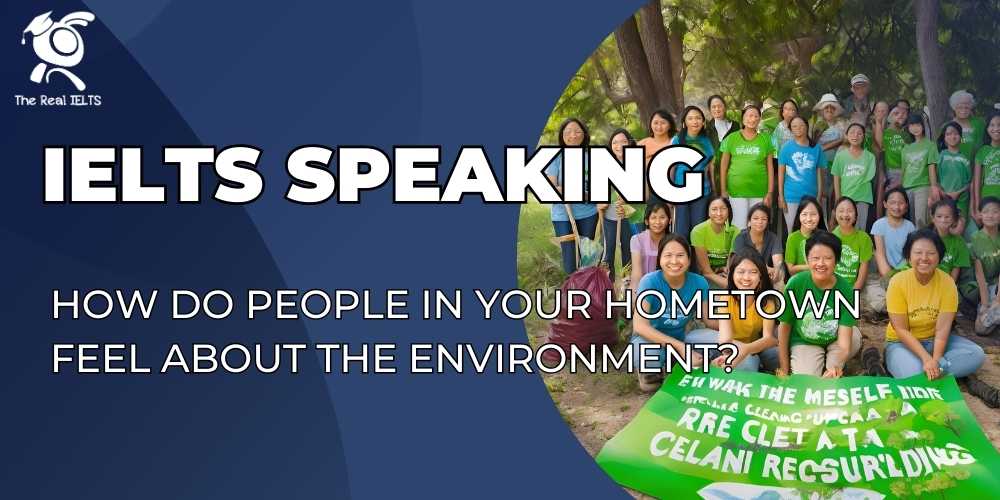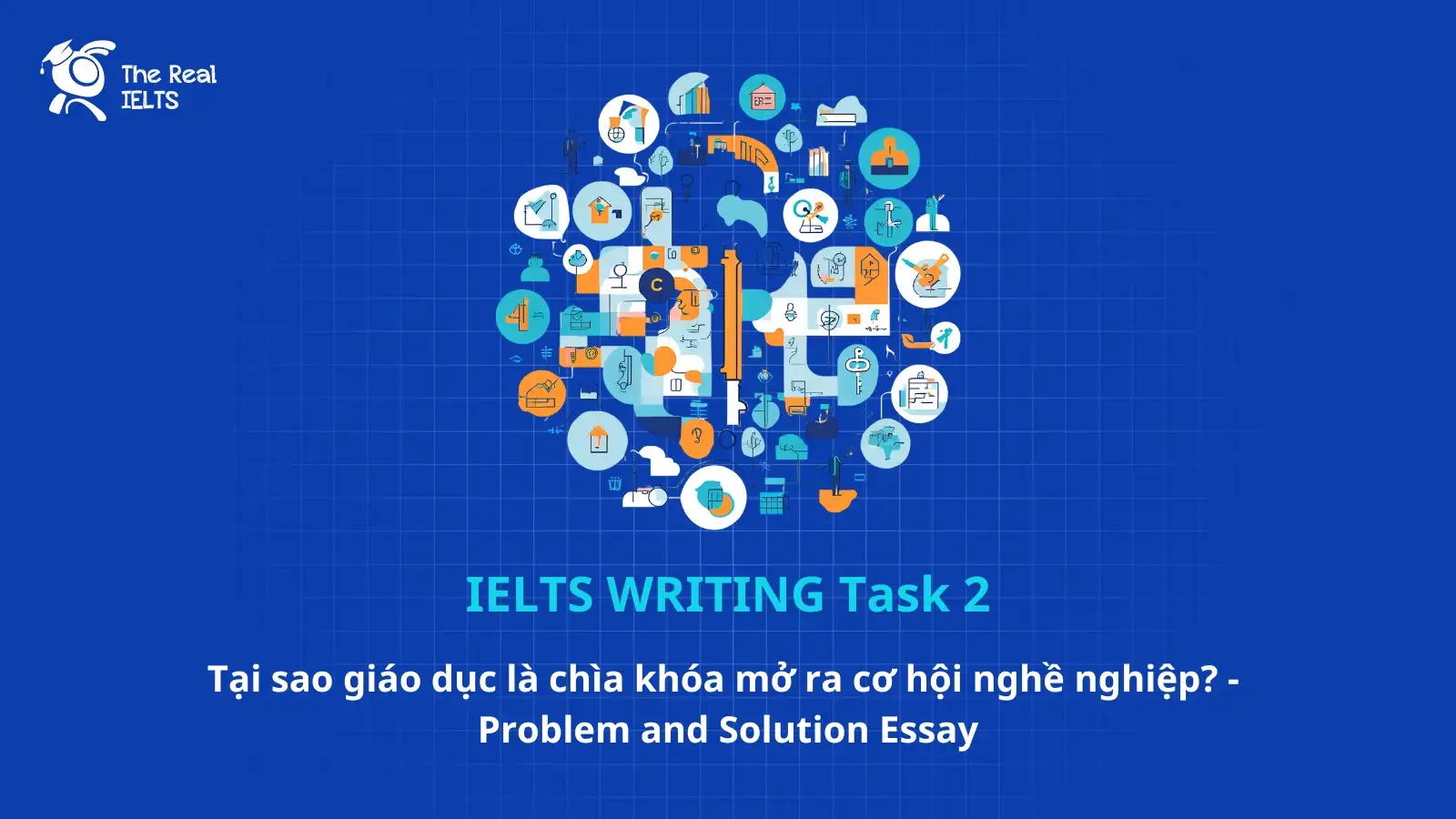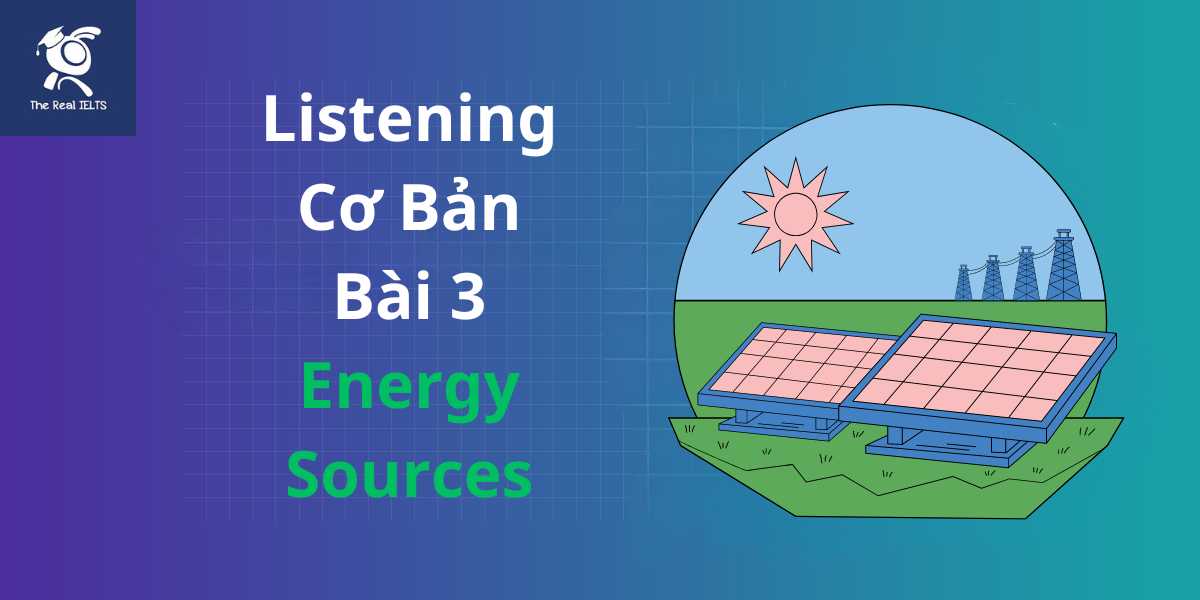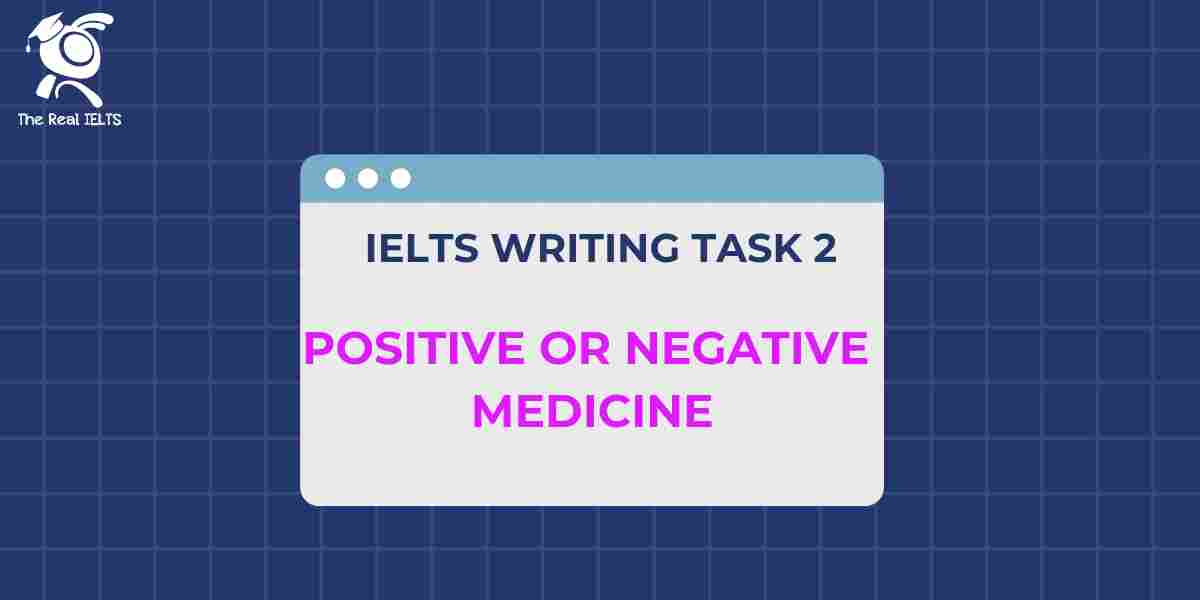IELTS Speaking: How do people in your hometown feel about the environment? – Bài viết khám phá nhận thức của người dân quê bạn về môi trường. Bạn sẽ học cách mô tả thái độ, hành động, và so sánh với các nơi khác. Phù hợp cho thí sinh IELTS muốn thảo luận về chủ đề môi trường.
Đọc thêm IELTS Speaking: Do people in your hometown enjoy outdoor activities?
Đọc thêm các bài luyện thi IELTS khác.
Đọc thêm câu hỏi khác tại: IELTS Speaking Part 1: Introduction and Interview chủ đề Your hometown.
Câu trả lời IELTS Speaking: How do people in your hometown feel about the environment?
Ví dụ 1
Introduction:
My hometown, Hanoi, located in the northern region of Vietnam, is a bustling city known for its rich cultural heritage and vibrant lifestyle. However, alongside its growth and development, environmental concerns have become a significant topic of discussion among its residents. The environment holds a special place in the hearts of many, as it directly impacts our quality of life.
Geographical Description:
Hanoi is a city that beautifully blends natural and urban landscapes. It is adorned with iconic lakes like Hoan Kiem and West Lake, as well as the Red River running through its heart. However, the rapid urbanization and increasing population have put pressure on these natural resources. While residents cherish these natural features, they also witness their degradation due to pollution and overuse.
Cultural Aspects:
People in Hanoi have a deep-rooted respect for nature, which is evident in traditional festivals like Tet (Lunar New Year) when families decorate their homes with peach blossoms and kumquat trees. The locals often discuss the importance of preserving these traditions by protecting the environment. Events like Earth Hour and tree-planting campaigns have gained popularity, showing a growing awareness and commitment to sustainability.
Historical Background:
Hanoi’s historical significance, with landmarks like the Temple of Literature and the Old Quarter, also influences how people view the environment. These sites, surrounded by lush greenery, remind residents of the importance of preserving their heritage. Efforts to maintain these areas are often seen as intertwined with protecting the environment.
Economic Activities:
The city’s main industries, including tourism, trade, and agriculture, are deeply connected to the environment. For example, tourism thrives on the appeal of Hanoi’s natural and historical beauty. However, industrialization has led to challenges like air and water pollution, prompting residents to advocate for stricter environmental regulations and greener practices.
Personal Connection:
I have witnessed a shift in attitudes toward the environment in my community. Growing up, I used to visit West Lake, where my family and I enjoyed peaceful weekends. Over the years, however, I’ve noticed the water quality declining due to waste and neglect. This has motivated me to participate in local cleanup drives, and I’ve seen similar enthusiasm among my neighbors. These collective efforts make me feel proud of how our community is coming together to address environmental concerns.
Conclusion:
In summary, people in my hometown are increasingly aware of environmental issues and are taking steps to protect and preserve their surroundings. From cultural traditions to grassroots initiatives, there’s a growing sense of responsibility toward nature. What I love most about my hometown is this emerging collective spirit to make Hanoi a greener and healthier place for future generations.
Ví dụ 2
Introduction:
My hometown, Hoang Mai District in Hanoi, is a vibrant and rapidly developing area. Over the years, I’ve observed that the environment has become a hot topic of discussion among locals. People here are becoming more conscious of how their actions affect their surroundings and are increasingly concerned about preserving the area’s natural beauty and resources.
Geographical Description:
Hoang Mai District has a mix of urban and rural characteristics, with scenic lakes like Linh Dam and dense residential neighborhoods. These natural features are cherished by residents, but the visible effects of pollution and overdevelopment often spark debates about environmental protection. The district’s blend of nature and infrastructure means the environment is a central aspect of daily life.
Cultural Aspects:
The people in Hoang Mai are deeply connected to traditional values, and this connection influences their attitudes toward the environment. Festivals like Mid-Autumn and Tet highlight the importance of clean and vibrant surroundings. Local schools and community groups often organize events like tree planting and recycling workshops, reflecting a cultural shift toward environmental responsibility.
Historical Background:
Although Hoang Mai is more modern compared to Hanoi’s Old Quarter, it still has its share of historical landmarks, such as pagodas and traditional craft villages. These places are closely tied to the environment, as they depend on clean air and water to maintain their charm and functionality. Residents feel a sense of duty to protect these cultural and historical treasures.
Economic Activities:
Hoang Mai’s economy is driven by industries like manufacturing and small businesses. Unfortunately, these activities contribute to challenges like air pollution and waste management. However, there is a growing awareness among local business owners to adopt eco-friendly practices. For example, some markets have started promoting the use of reusable bags instead of plastic ones.
Personal Connection:
For me, the environmental attitudes of people in my hometown have always been inspiring. I remember participating in a community cleanup event by the river with my neighbors. Seeing people of all ages working together to make a difference was truly heartwarming. It showed me how much they care about leaving a better environment for the next generation.
Conclusion:
In conclusion, people in my hometown are increasingly aware of environmental issues and are taking steps to address them. While challenges like pollution remain, the collective effort to create a cleaner and greener community is evident. What I admire most is the way these efforts bring people together, fostering a shared sense of responsibility and hope for the future.















